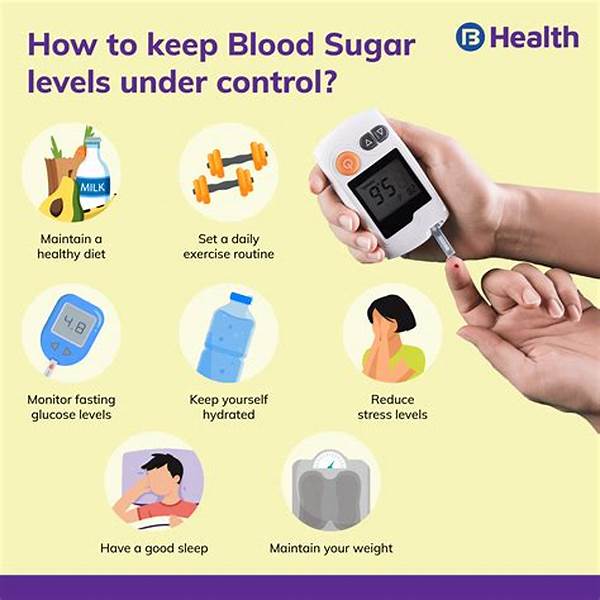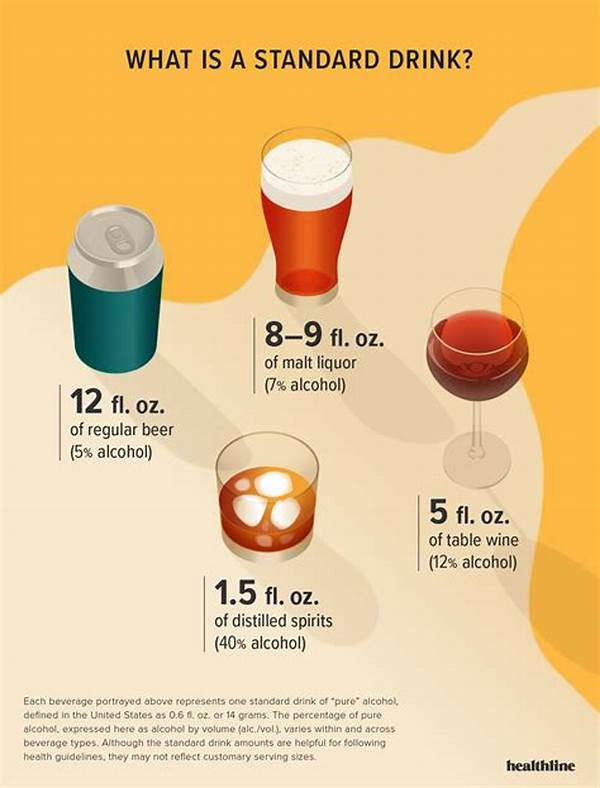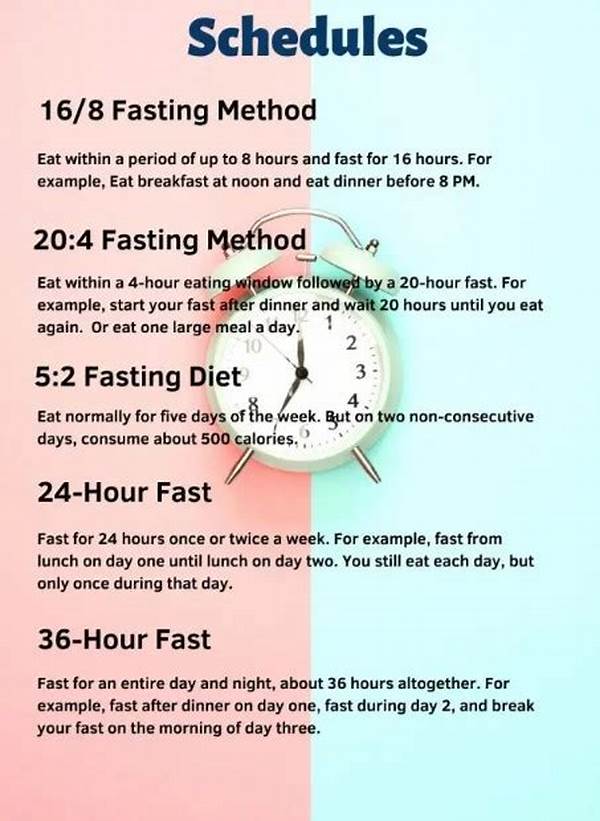Heart Danger: New Study Raises Concerns Over 16:8 Fast
Read More : From 16/8 To 20/4: The Step-by-step Guide To Safely Extending Your Fast!
In the ever-evolving world of health and wellness, the search for the most effective and sustainable lifestyle changes is relentless. Recently, the spotlight has turned on the popular 16:8 fasting method, a regime that suggests 16 hours of fasting followed by an 8-hour eating window. While many have hailed it as a miracle for weight loss and metabolic health, a new study brings an unexpected twist to the tale. It raises questions, capturing headlines and igniting debates among health enthusiasts, nutritionists, and the general public alike. The age-old adage of “Too good to be true” seems to hover around this latest revelation, as the study introduces a potential risk factor concerning heart health. This “heart danger new study raises concerns over 16:8 fast” could change how we view intermittent fasting forever.
At the heart of this study is a critical evaluation of the method’s long-term health implications. While intermittent fasting has been celebrated for its simplicity and effectiveness, the question arises: Are we overlooking an essential piece of the health puzzle? A nuanced understanding is necessary, as oversimplification of such diets can lead to unforeseen health dilemmas.
The recent study puts forward a compelling argument backed by empirical data, and the followers of the 16:8 method might find it hard to digest. Unlike previous studies focusing solely on weight loss and metabolic rates, this research zooms in on cardiovascular parameters. The findings suggest that prolonged fasting periods might inadvertently put stress on the heart, raising the very concerns it was assumed to mitigate.
For many, the allure of fasting lies in its promise of a healthier, leaner physique without the grind of traditional dieting. Yet, this groundbreaking study reminds us of the complexities of human biology. Our desires for quick fixes must be tempered by cautious and informed decisions. As we delve deeper, we must ask ourselves, is it time to rethink the way we perceive fasting?
Exploring the New Findings
As the study reverberates through the health community, it’s essential to dissect its core findings and implications. What does this mean for the millions engaged in the 16:8 lifestyle? Is there a way to balance the benefits of intermittent fasting with its potential risks? These questions remain as we navigate this evolving narrative in the realm of wellness.
Pengenalan
In the quest for optimal health and wellness, intermittent fasting has emerged as a trendy approach, promising benefits from weight loss to improved mental clarity. Among its many variants, the 16:8 method has garnered significant attention. This regime encourages fasting for 16 hours, followed by an 8-hour period when eating is allowed. However, a “heart danger new study raises concerns over 16:8 fast,” shedding light on potential cardiovascular risks associated with this pattern of eating.
As we delve into this captivating topic, it’s crucial to examine the facts. Recent research conducted by a team of esteemed scientists has analyzed the effects of the 16:8 fasting method on heart health. Their findings challenge the prevailing notion that intermittent fasting is a catch-all solution for various health problems. In shedding light on the potential risks to heart health, the study has sparked vigorous debates within the scientific community and beyond.
The appeal of the 16:8 diet lies in its simplicity and effectiveness for weight loss without drastic lifestyle changes. However, it’s imperative to understand that health is multifaceted. Weight loss doesn’t necessarily equate to improved heart health, and this new research underscores the importance of considering the full scope of our health practices.
Fasting enthusiasts may find the conclusions unsettling. The study suggests that while the 16:8 method can aid in shedding pounds and improving metabolic markers, it might exert undue stress on the heart if not approached with caution. This revelation opens up a broader conversation about balancing the benefits and risks associated with popular dietary trends.
Understanding the heart danger is crucial for those committed to intermittent fasting. The study invites us to reconsider whether the simplicity of the 16:8 method overlooks complex, underlying health dynamics. This new information is not meant to discourage fasting but to encourage a more in-depth understanding and tailored approach to individual health needs.
Examining the Cardiovascular Implications
Diving deeper into the heart health concerns, the study points to hormonal fluctuations and stress markers as potential culprits in the cardiovascular complications observed. While these findings primarily raise concerns, they also pave the way for more research to refine and possibly recalibrate fasting guidelines for improved safety and efficacy.
The Complex Story Behind Fasting
At a glance, the 16:8 fasting model seems like a straightforward path to health improvement. Eat for 8 hours and fast for 16—a seemingly simple rule embraced by many. However, this “heart danger new study raises concerns over 16:8 fast” elucidates the complexity of how our bodies respond to such regimens.
It’s important to remember that while the study presents concerns over heart health, it also highlights the need for a personalized approach to fasting and diet. One size does not fit all when it comes to health, and what works for one individual might not be the best choice for another. This awareness may lead to safer and more effective methods tailored to individual needs.
Key Objectives
Unpacking the Heart of the Issue
The interwoven complexities of diet, lifestyle, and health require attention beyond the surface-level appeal of short-term results. While the new study significantly raises concerns over the 16:8 fasting approach, it also teases apart the broader conversation about dietary health practices and their physiological impacts.
In understanding the heart danger raised by this new research, it’s important to maintain a balanced perspective. Instead of discarding the 16:8 fasting model entirely, this study encourages iterative questioning and critical thinking—a reminder to evaluate and adapt our health choices continuously. The aim is not to eliminate fasting but to find a rhythm and balance that maximizes benefits while minimizing potential risks.
Revisiting the Purpose of Fasting
The revelations of heart risk necessitate a reconsideration of our priorities when adopting health trends. This story serves as a testament to the ongoing dialogue between scientific discovery and personal health journeys. It also calls for collaborative efforts in spreading awareness, understanding, and ultimately leading towards more informed choices.
Investigating the Heart Danger in Fasting
At the core of this discussion is the pursuit of evidence-based health practices. This “heart danger new study raises concerns over 16:8 fast” is a wake-up call for individuals, practitioners, and researchers alike. It challenges the status quo and encourages a comprehensive analysis to ensure that health goals align with safe and effective methods.
Essential Insights into the 16:8 Method
As we traverse the intricate pathways of health trends and scientific discoveries, this emerging narrative about heart concerns in fasting practices calls for introspection, critical analysis, and action. It’s a gentle reminder that on the journey to wellness, continuous learning and adaptation are key elements to success.














